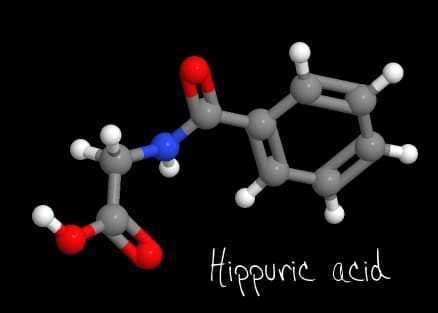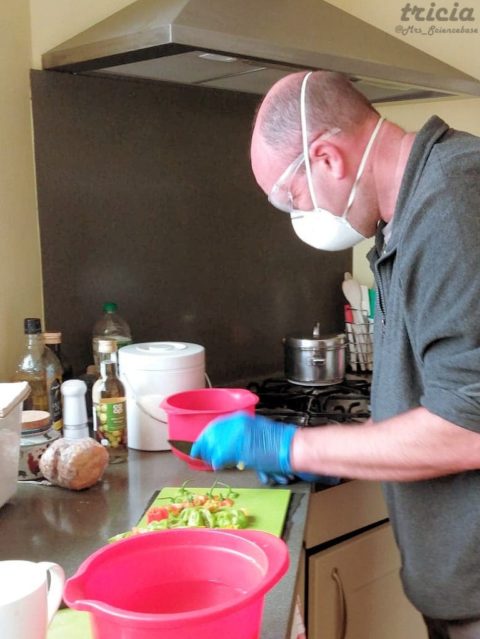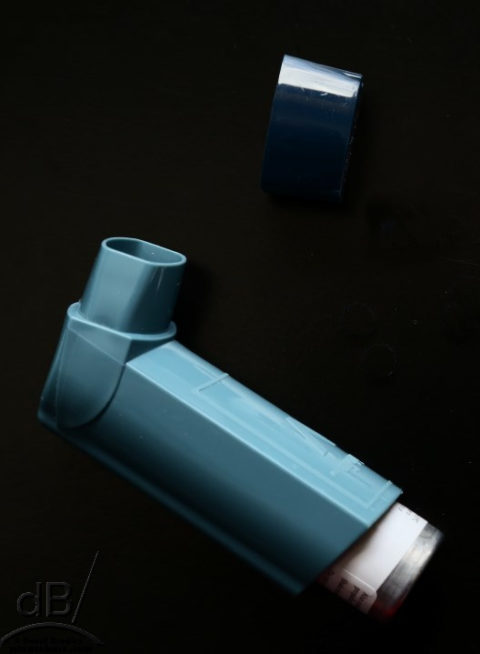UPDATE: 2020-03-03: I’ve not had time to update the FAQ, so here’s a link to a more current one elsewhere that’s got answers to some of the bigger questions too.
UPDATE: 2020-02-24: A vaccine against COVID-19 is now being manufactured in Australia ready for lab tests.
UPDATE: 2020-02-18: WHO’s latest epidemiology: Over 80% of patients have mild COVID19 and will recover. In just 14% of cases, the virus leads to pneumonia. For one in 20 patients, it causes potentially fatal respiratory failure, septic shock and multi-organ failure.
UPDATE: 2020-02-11: The WHO has given the viral disease an official name, based on COronaVIrusDisease, hence COVID-19.
UPDATE: 2020-02-10: Scientists now suggesting that coronavirus source may be pangolins, which are used in Chinese “medicine”. Details here.
UPDATE: 2020-02-02: Death toll in China now more than 300, first death outside China (Philippines), although infection was in China.
BREXITDAY UPDATE: 2020-01-31: Two cases confirmed in the same family of coronavirus infection in the UK (BBC)
UPDATE: 2020-01-30: WHOÂ declares coronavirus international emergency, says we must stop its spread to vulnerable countries
UPDATE: 2020-01-28: 106 deaths reported in China so far. 4000 confirmed cases. Virus present in at least eleven other countries and regions. WHO yet to declare international health emergency
What is a coronavirus?
Coronaviruses are a group of viruses that cause diseases in mammals, including humans, and birds.
Why are they called coronaviruses?
The name derives from the fact that the viral capsule has a crown-like halo surrounding it, when viewed under the microscope.
What do coronaviruses do?
In humans, the virus infects the airways giving rise to flu-like symptoms, a runny nose, cough, sore throat and fever, these are usually mild, but in rare cases can be lethal.
Is there a vaccine against coronaviruses?
No.
Are there any drugs to block or treat infection?
No.
When were coronaviruses first discovered?
In the 1960s
Any details?
The first one discovered was an infectious bronchitis virus in chickens. At about the same time, two viruses from the nasal cavities of human patients with the common cold were identified and dubbed human coronavirus 229E and human coronavirus OC43.
So coronaviruses cause the common cold?
They are usually present when someone has a cold, so yes, pretty much.
Why are we so worried about them?
Some coronaviruses cause serious respiratory tract infection that is far worse than the usual symptoms of the common cold. In the elderly, infants, people with compromised lung function (such as asthma patients, COPD sufferers, people with lung cancer), an infection can ultimately be fatal, often through the development of pneumonia.
Is the Wuhan coronavirus a dangerous form?
It has infected several hundred people that we know about so far and there have been a couple of dozen deaths, mainly among vulnerable people infected with the virus. The World Health Organisation is not yet endowing this virus with the same worrying global status of earlier epidemics. It may yet be contained and fatalities limited significantly. Nevertheless, China has quarantined 20 million people already. Wuhan is a city the size of London, England.
Where did this virus come from?
At the end of 2019, a new strain of coronavirus, scientists named 2019-nCoV, was first reported in Wuhan. It is by definition an “emergent” strain of the virus and is thought to have made the species leap from infected animals to humans, probably in an environment where diseases animals are in close proximity to people, such as a live-produce market.
Where is the virus going?
Already, there have been many cases outside Wuhan and China is locking down public transport. Air travel has allowed the virus to spread to Japan, Taiwan, Thailand, Singapore, South Korea, Vietnam and elsewhere, and it has already reached the USA.
How long do symptoms take to emerge?
Up to fourteen days. This makes it difficult to screen people because they may be infected and travelling with the virus without displaying a fever or other symptoms.
Will I catch it?
You are only likely to catch the virus if you have travelled to places where it is obviously present or if you have come into contact with people who have visited those areas. If you have and you think you have symptoms, stay at home, call your physician or local healthcare provider for advice. Do not go to the emergency hospital or your doctor’s surgery, you could end up spreading the virus to others who have other health problems.
Will they check me over at the airport?
Several US airports and other places have introduced screening of passengers arriving from Wuhan. If the disease spreads widely, screening is likely to be introduced at many other airports. Basic screening might involve measuring the temperature of travellers’ foreheads non-invasively to spot those with a fever.
Is it infectious before symptoms appear?
Yes, unfortunately, it seems that the virus can spread between people during its incubation period(up to two weeks) before they present with any symptoms, such as high temperature. Temperature screening would not find asymptomatic carriers, this means an epidemic could become a reality once a critical infection rate is passed even before we realise how many people have caught the virus. Many colds and influenza viruses are infectious even before symptoms appear.
What’s the latest news on this coronavirus?
2020-01-25: 22 Chinese provinces affected; billion+ people. 56 million people banned from travelling at epicentre of viral outbreak, Hubei. 41 dead, 1200+ infected, 237 critical.
Should we be panicking?
Scaremongering and sensationalist headlines abound, they’re usually wrong, but conversely, the voice of reason urging us to stay calm may well be wrong too. UCL virologist Jennifer Rohn has this to say: “…we need to treat any unknown emerging disease as if it has the potential to be a massive and devastating pandemic — because despite preliminary assessments of the rate of spread and how many people have died, the jury is still very much out.”
So, how do we cope?
Quoting Dr Rohn again: “We’ll never know when the ‘big one’ has arrived until it’s already too late. So let’s deal with each outbreak as if it could be our last.” Unfortunately, no nation is ready, unfortunately, the US has cut funding in the face of preparedness for such an outbreak that might kill millions worldwide, as earlier epidemics have done.
Should I wear a facemask?
Feel free, but the cheap ones won’t offer much protection as they don’t seal around your mouth and nose well. They will to some extent limit the degree to which you might spread infection if you are a carrier by trapping your nasal and oral fluids. Proper surgical masks are sealed, but uncomfortable to wear and harder to breathe and talk through.
Facemasks might reduce the spread of infection in enclosed spaces, such as public transport and in live-produce markets where infection may be present and animals are being slaughtered in public. But, they unnecessary in the open air where infections are not readily transmitted between people. Shoes tramping through spilled matter in a market are a more likely vector for viruses.
Most “airborne” viral infections are actually passed on through so-called fomites. Bodily fluids that land on door handles via coughs and sneezes or from an infected person’s hands where they have wiped their nose or coughed into their hand and the contaminated a surface are a much more efficient route for transmission of an infection. More about facemasks in the face of emergent pathogens here.
You can read a more detailed and technical FAQ on the coronavirus in Popular Mechanics.








